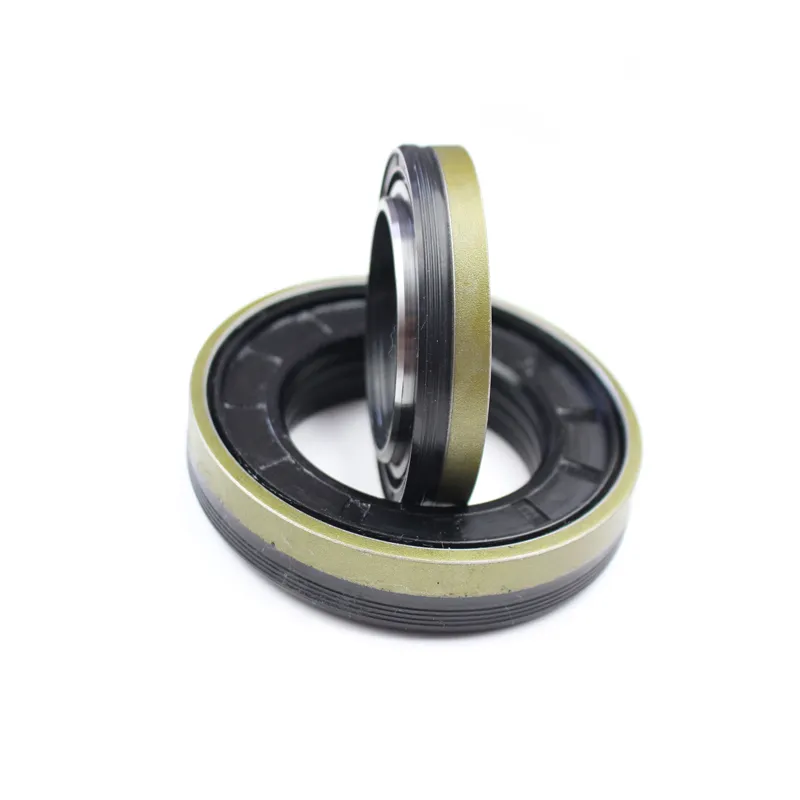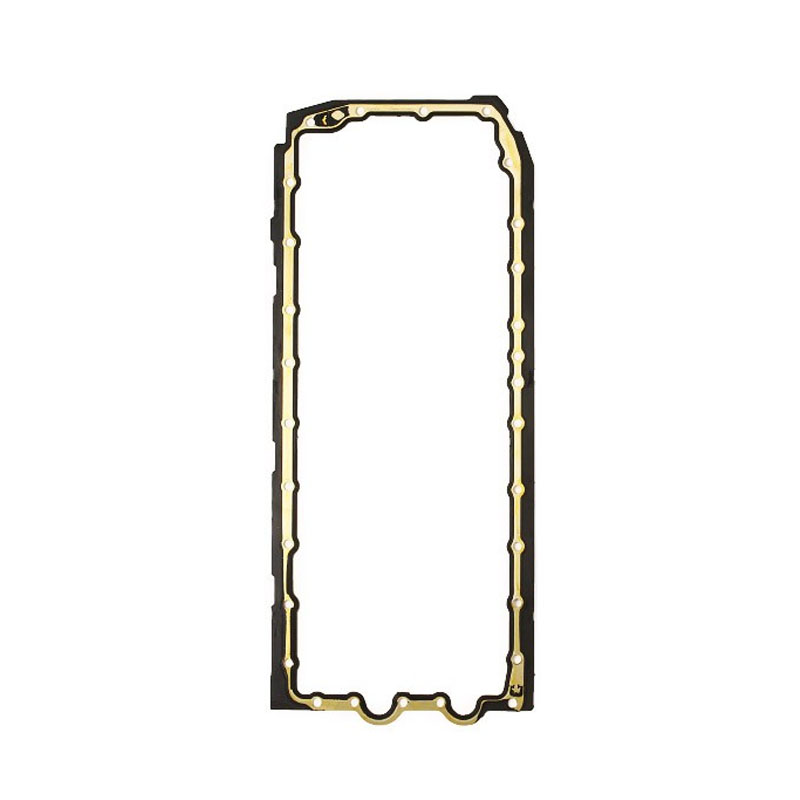KFC WASHERS


Certifications and Quality Assurance The reliability of an O-ring is heavily contingent upon strict adherence to industry standards. Organizations such as ISO (International Organization for Standardization) and ASTM International (formerly known as American Society for Testing and Materials) set rigorous guidelines to ensure quality and consistency. O-ring manufacturers dedicated to excellence often undergo comprehensive certification processes, which include testing for tensile strength, elongation, volume change, and compression set. This adherence to standardized testing and certification builds trust and reassures end-users of the product's dependability. Purchasing from certified manufacturers means investing in equipment longevity and operational safety, minimizing risks associated with seal failures. Challenges in O-Ring Applications Despite their effectiveness, O-rings face challenges that can compromise their sealing capabilities. Factors like improper installation, compression set, and material incompatibility can lead to premature failure. Users must be diligent in selecting the right O-ring material for specific applications, taking into consideration the operational environment's temperature, pressure, and chemical exposure. Additionally, ensuring that installation is conducted appropriately is critical. Misalignment or over-compression can permanently damage an O-ring, leading to potential leaks and system failures. Regular maintenance checks and adhering to manufacturer's guidelines can mitigate these risks, ensuring the O-rings perform optimally throughout their lifecycle. The Future Outlook Sustainability and Beyond The future of O-rings lies in sustainable manufacturing practices and innovative materials. The push towards eco-friendliness is prompting manufacturers to explore biodegradable and recyclable materials without compromising the functional integrity of O-rings. Ongoing research in polymer science promises the development of next-generation O-rings that can withstand harsher environments while leaving a minimal carbon footprint. In conclusion, the humble O-ring remains a vital component in engineering solutions worldwide. As industries continue to function in more demanding environments, the evolution of O-rings in material science, precision manufacturing, and sustainable practices ensures that they remain pivotal in maintaining operational integrity across sectors. The commitment to innovation and adherence to quality standards reflect their undeniable value in the modern industrial landscape.
-
Understanding the Front Main Engine Seal: Purpose, Maintenance, and Installation
News Jul.29,2025
-
Understanding O-Rings and Seal Rings: Types, Applications, and Custom Solutions
News Jul.29,2025
-
Understanding Crankshaft Oil Seals: Rear Seals, Pulley Seals, and Their Role in Engine Integrity
News Jul.29,2025
-
The Importance of Front and Rear Crankshaft Seals in Engine Performance and Oil Management
News Jul.29,2025
-
Crank Oil Seals: Functions, Types, and Cost Considerations in Engine Maintenance
News Jul.29,2025
-
A Comprehensive Guide to O-Rings and Seals: Types, Materials, and Global Applications
News Jul.29,2025
-
Mastering Diesel and Performance Engine Maintenance: A Guide to Critical Oil Gaskets
News Jul.28,2025
Products categories















